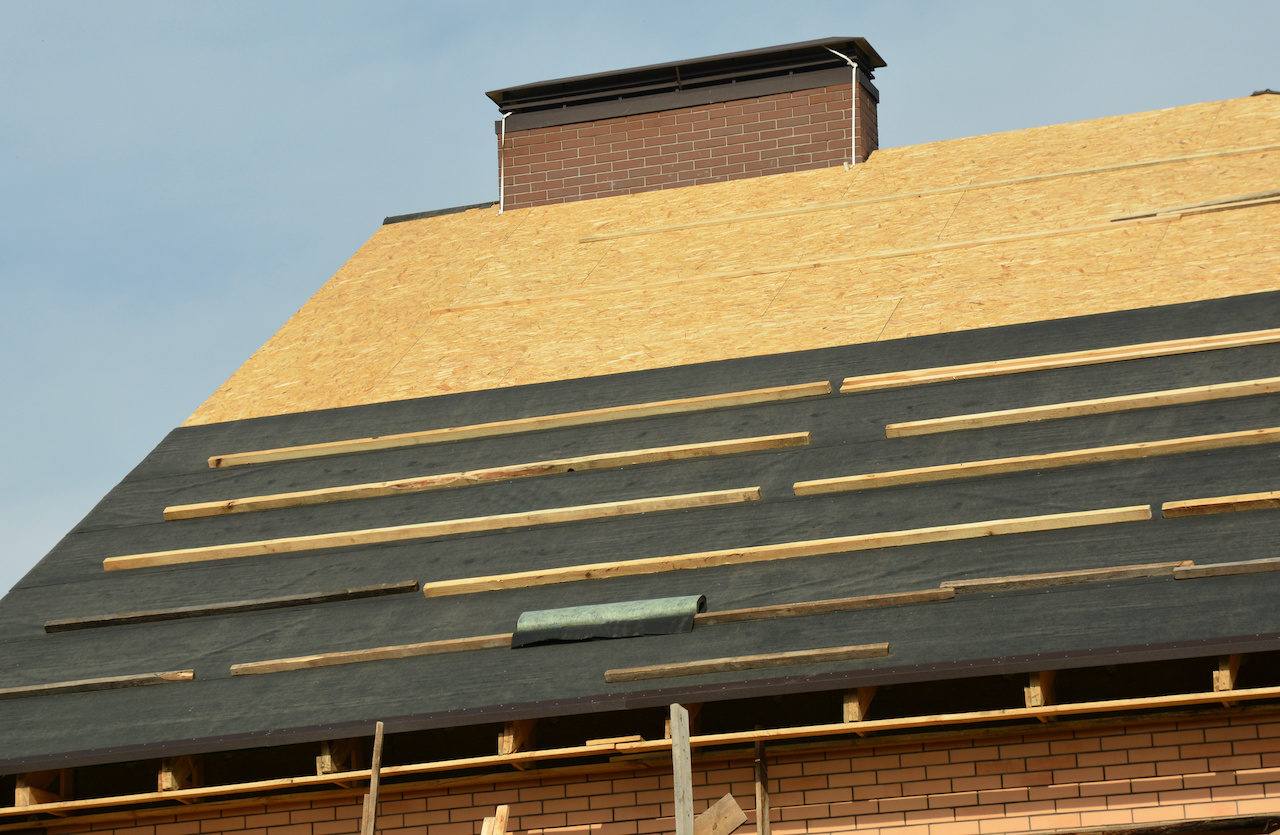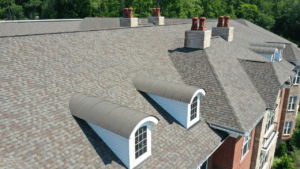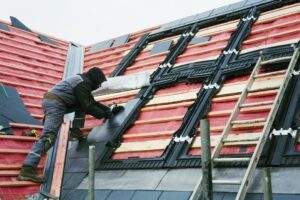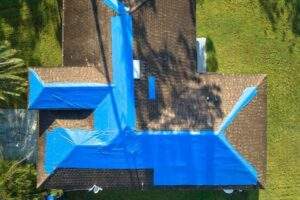Every homeowner knows about the importance of a sturdy roof. Besides adding structural integrity to your home, it also increases your home’s longevity and makes it aesthetically pleasing.
But to be able to do so, a roof also needs quality supporting components. The roofing underlayment is one of them, and we’ll cover its importance in the sections that follow.
Roof Underlayment: Definition
Roof underlayment is a crucial component of roofing systems, serving as a protective layer installed between the roof deck (sheathing) and the outer roofing material, such as shingles, tiles, or metal sheets. Its primary purpose is to provide an additional barrier that helps safeguard the roof and the building from various environmental elements and potential water infiltration.
In simple terms, the underlayment goes over the plywood or OSB on your roof deck and gives it a second layer of protection in extreme weather.
Types of Roofing Underlayments
Roofing underlayments are essential components of a roofing system. They are installed beneath the roofing material to provide an extra layer of protection against moisture, wind, and other potential damage. There are several types of roofing underlayments, each designed to serve specific purposes. The most common types include:
- Asphalt-saturated felt (Felt paper): This is one of the most common types of roofing underlayment. It is made from organic or fiberglass material saturated with asphalt. Felt paper is available in various weights (typically 15, 30, and 40-pound) and provides a basic level of moisture resistance and protection.
- Synthetic underlayment: Synthetic underlayments are made from polymer materials such as polypropylene or polyester. They are more durable, tear-resistant, and lightweight compared to traditional felt paper. Synthetic underlayments often have special surface coatings to enhance their water resistance and UV protection.
- Self-adhesive membrane: Also known as peel-and-stick underlayment, this type comes with an adhesive backing, eliminating the need for nails or fasteners during installation. Self-adhesive membranes are commonly used in areas prone to leaks or where additional waterproofing is required.
- Ice and water shield: This specialized underlayment is typically used in areas prone to ice dams or heavy rain. Ice and water shields are made of rubberized asphalt or butyl rubber, offering excellent waterproofing properties and preventing water infiltration.
The Importance of Roofing Underlayments
Although most people think of shingles as the only line of defense their roof has against the elements, an underlayment is almost as important. Namely, it will protect your roof if the shingles get damaged by strong winds.
In addition, an underlayment ensures that cold spells do not affect the inside of your home. So, they keep the cold air outside and help your house stay warm, no matter how cold the outside temperatures are.
Lastly, your roofing underlayment also protects your roof during the installation process. Before the contractors put up the shingles, this layer performs double duty and keeps everything safe and dry.
Contact a Reliable Roofing Contractor Near You
Whether you need a consult or you’re ready for a whole new roof, Tadlock Roofing is here for you. We can answer all your roof-related questions and come up with an action plan that will suit your needs.
Give us a call, and let’s talk roofing!










